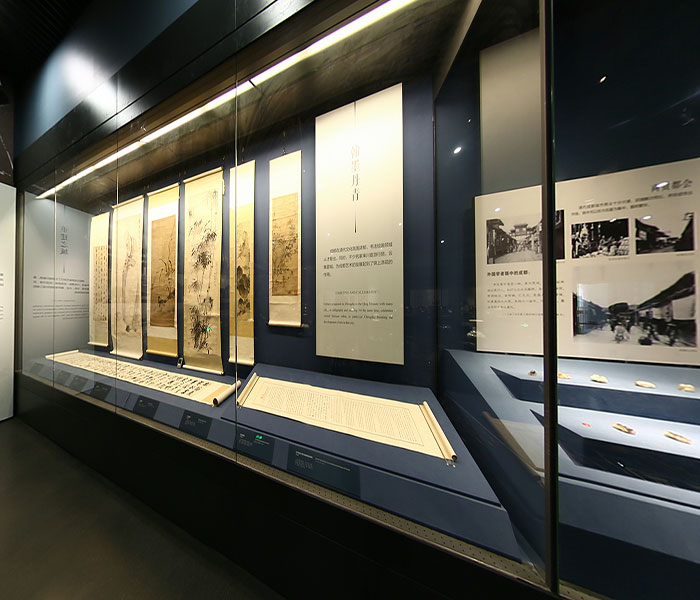In museums and art exhibitions, how to better display and protect works of art has always been an important topic for experts to study. The value of artworks lies not only in their historical and cultural connotations but also in their fragile physical properties. Therefore, providing a suitable display environment is crucial to the long-term preservation of artworks. In recent years, with the emergence of low-reflective picture frame glass, there are new solutions for the protection and display of artworks.
Low-reflective picture frame glass is a new type of glass material that is desirable and characterized by its ability to significantly reduce the reflection of light on the glass surface. While traditional glass has a high reflectivity, usually around 8 percent, low-reflective glass can reduce the reflectivity to less than 2 percent. This not only improves the clarity and realism of the artwork for the viewer but also reduces color distortion caused by reflected light.
Works of art, especially those made of sensitive materials such as oils and watercolors, have extremely stringent requirements for light conditions. Excessive UV and visible light radiation accelerates the fading and deterioration of the artwork. Low-reflective framed glass addresses this problem and is often equipped with a UV filter that absorbs and shields harmful UV rays. Such a property protects the artwork from UV damage, thus prolonging its lifespan.

In addition to the optimization of optical properties, low-reflection picture frame glass also offers several other protective features. For example, some low-reflective glass surfaces are coated with a special anti-fouling coating that reduces the adhesion of dust, stains, and fingerprints, making cleaning easier. This not only provides a better viewing experience for visitors but also reduces the potential harm to the artwork during cleaning.
The process of installing low-reflective picture frame glass also requires special attention. To ensure the safety of the artwork, the professional installation team will take a series of measures, such as using special clamps and spacers to fix the glass, ensuring that the glass is kept at an appropriate distance from the artwork, and avoiding any damage that may be caused by direct contact. At the same time, the installation process will also take into account the temperature and humidity changes in the environment, and choose the appropriate sealing technology to ensure the stability of the display environment.
In practical application, low-reflection picture frame glass has been used in several museums and art exhibitions around the world. Many precious artifacts are protected by this high-tech glass to ensure that their original appearance can be appreciated by future audiences. In addition, the use of low-reflective glass also enhances the overall visual effect of the exhibition, making the exhibits more distinctive to the audience.
In short, the emergence of low-reflective framed glass provides a new option for the protection and display of artworks. It not only improves the viewing quality but also provides strong support for the long-term preservation of artworks. With the continuous progress of technology and popularisation of application, we expect to see more artworks being better displayed and inherited in the future.





